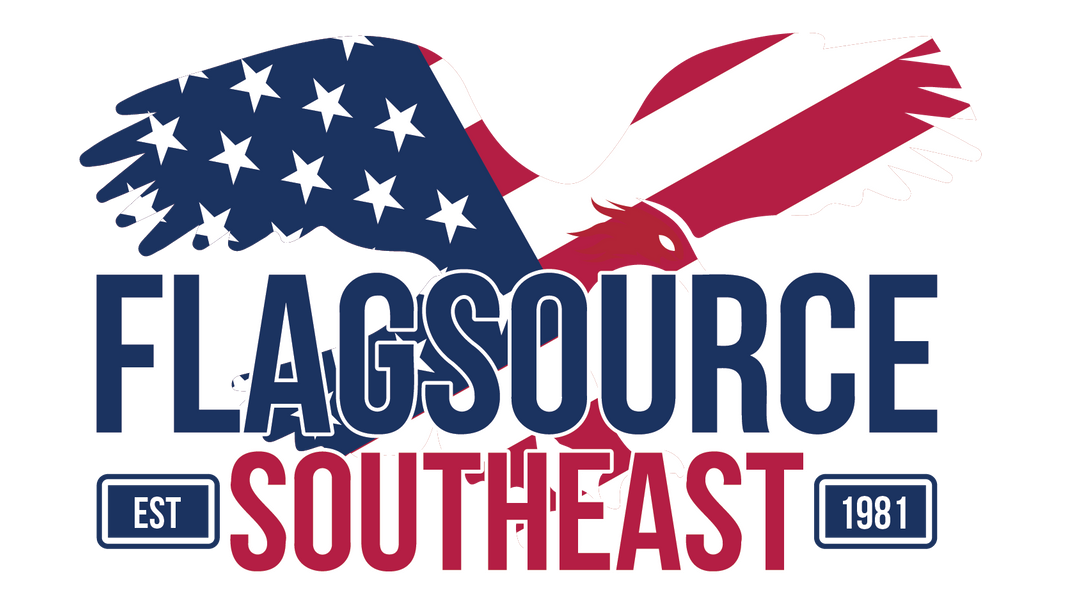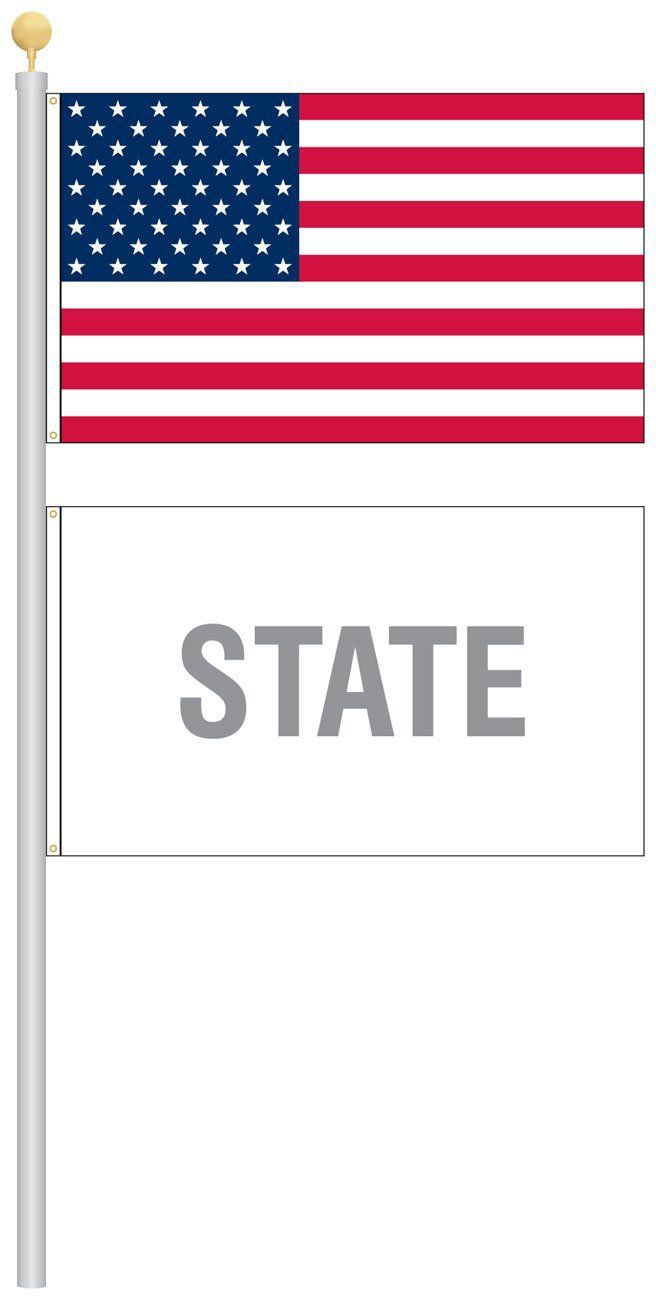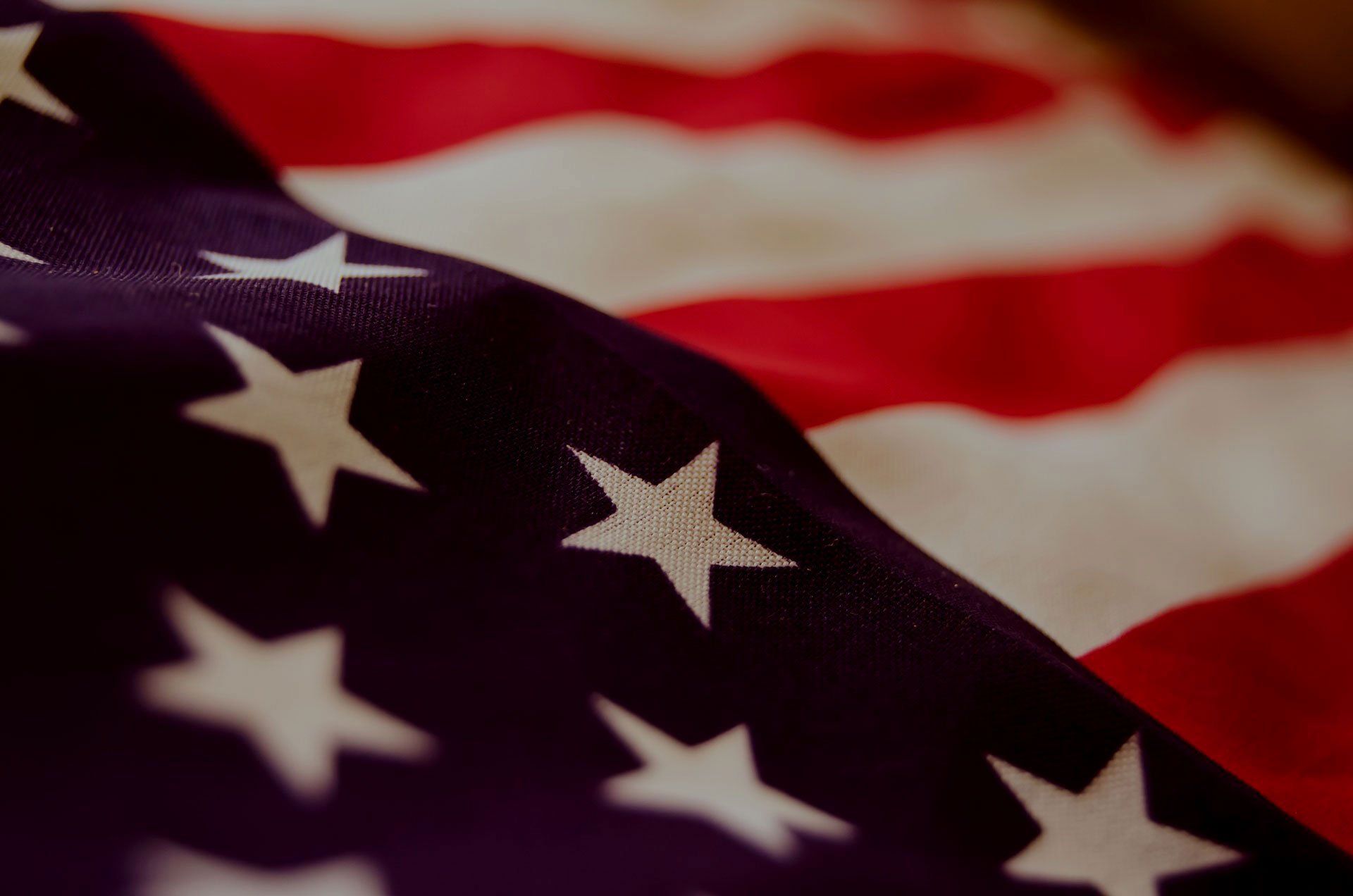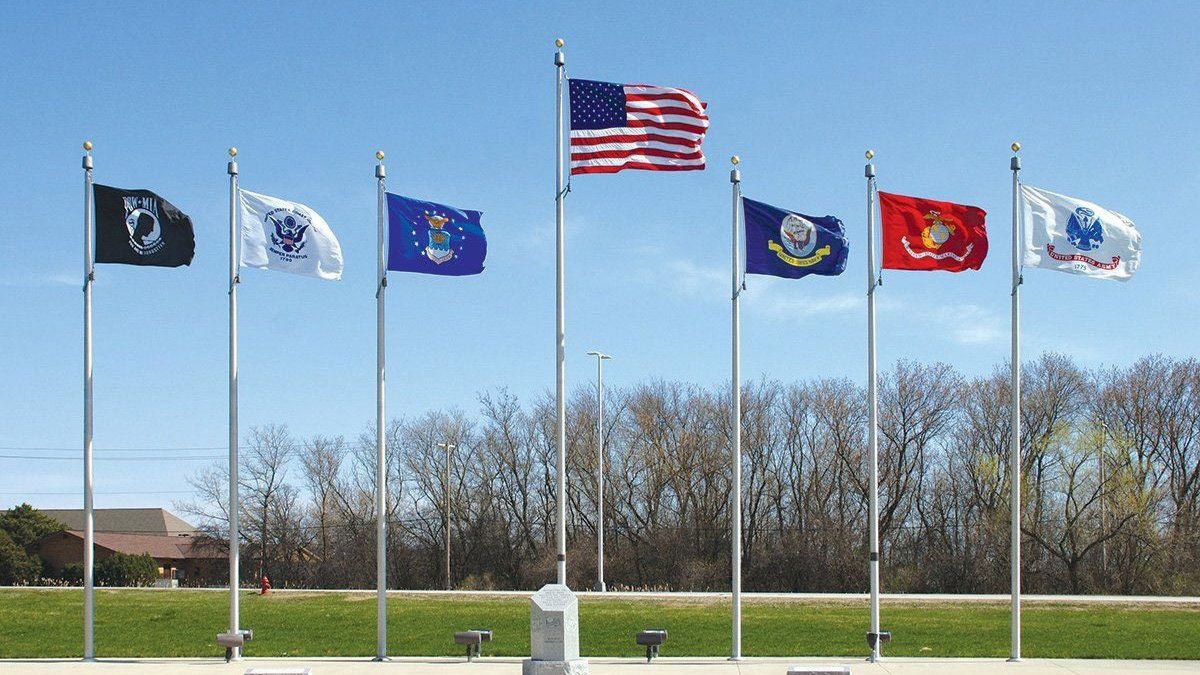FAQ About Flags and Flagpoles
Enhancing Your Flag and Flagpole Experience
Welcome to our comprehensive FAQ page, where we address common questions and concerns about flags and flagpoles. Whether you are new to flag flying or an experienced flag enthusiast, we aim to provide valuable insights and guidance to ensure you have a seamless and patriotic experience. Our informative answers cover various aspects, from selecting the right flag material to properly flying American, state, religious, and company flags on your flagpoles. We've included helpful images and step-by-step instructions to demonstrate the correct way of handling and displaying flags, ensuring you honor the symbolism they represent.
Quick Reference Guide – U.S. Flag Display Rules
Express your patriotism respectfully by following these important guidelines based on the U.S. Flag Code (Title 4, Chapter 1).
Fly from Sunrise to Sunset
The U.S. Flag Code recommends flying the flag from sunrise to sunset. You can fly it 24 hours a day if it’s properly illuminated at night, meaning the flag remains visible after dark. A small spotlight or solar floodlight works perfectly for this.
Keep the Flag Off the Ground
Never let the American flag touch the ground, floor, or water. Handle it with care when raising or lowering, and always fold it neatly when storing. Treat the flag with the same respect you would give any national symbol.
Position the Union Correctly
When hanging the flag, the blue field (union) should always be positioned on the flag’s own right—the viewer’s left. When displayed with other flags, the U.S. flag should be in the position of honor (highest or to its own right) and be raised first, then lowered last.
Light the Flag at Night
The flag can stay up overnight if it’s well-lit and visible in the dark. Use LED or solar lights aimed directly at the flag to avoid shadows. Proper flag lighting shows respect and follows the Flag Code.
Retire the Flag Respectfully
When your flag becomes worn or faded, retire it with dignity, preferably by burning it in a private ceremony or through a local American Legion or VFW post. Never dispose of a U.S. flag in the trash.
Observe Half-Staff Rules
Fly the flag at half-staff during periods of national mourning or by order of the president or governor. First, raise it to full-staff, then lower it halfway. On Memorial Day, fly it at half-staff until noon, then raise to full-staff until sunset.
How To Properly Display Your Flag
Flag Flying Holidays
Flag flying holidays are special occasions that hold great significance for our nation. On these days, we honor and commemorate the values, sacrifices, and achievements that have shaped our country. From national holidays like Independence Day and Memorial Day to state-specific observances, these flag flying holidays provide an opportunity for us to proudly display our patriotism and pay tribute to the ideals we hold dear.
- New Year's Day
- Martin Luther King's Day
- Lincolns Birthday
- Presidents Day
- Washington's Birthday
- National Vietnam War Veterans Day
- Army Day
- National Former POW Recognition Day
- Easter Sunday
- Patriots Days
- Fallen Firefighter Day
- VE Day
- Mother's Day
- Peace Officers Memorial Day
- Armed Forces Day
- Memorial Day
- D-Day
- Flag Day
- Army Birthday
- Father's Day
- Juneteenth National Independence Day
- Independence Day
- Korean War Day
- Coast Guard Day
- Purple Heart Day
- VJ Day
- Labor Day
- Patriot Day
- National POW/MIA Recognition Day
- Constitution Day
- Air Force Birthday
- Gold Star Mother's and Family Day
- Columbus Day or Indigenous People Day
- Navy Birthday
- Navy Day
- Marine Corps Day
- Veterans Day
- Thanksgiving Day
- Pearl Harbor Day
- Christmas Day













